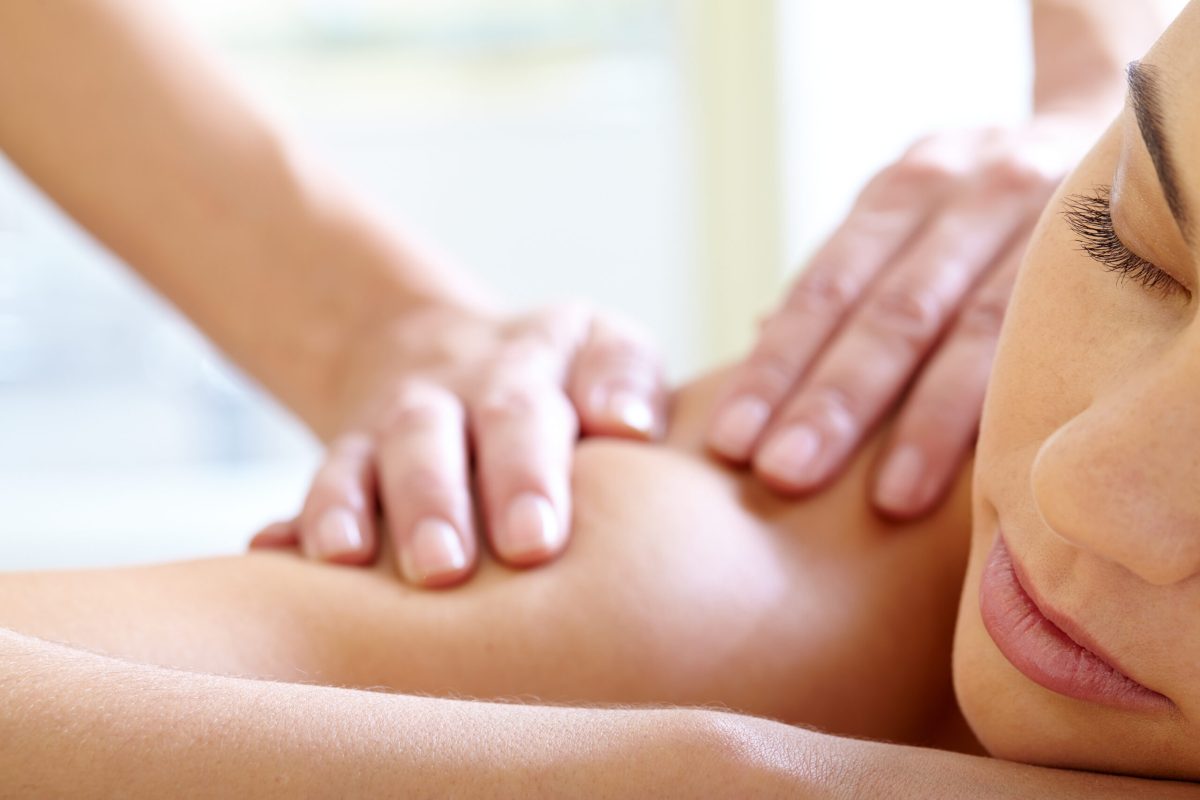Body Treatment in NYC
LYMPHATIC DRAINAGE MASSAGE IN NYC

Lymphatic Drainage Massage is a specialized therapeutic technique designed to promote the natural drainage of the lymphatic system. This gentle massage helps remove toxins, reduce fluid retention, and support overall immune function, making it an excellent treatment for post-surgical recovery, detoxification, and reducing swelling.
How It Works
The treatment involves light, rhythmic strokes that stimulate the lymphatic system, encouraging the movement of lymph fluid throughout the body. This process helps eliminate waste, reduce inflammation, and enhance circulation, leading to a feeling of overall well-being.
Downtime & Recovery
There is no downtime, and clients can resume normal activities immediately. Mild flushing or increased urination may occur as the body eliminates toxins. Optimal results are achieved with multiple sessions.
Aftercare:
- Stay well-hydrated to support lymphatic function
- Engage in light movement, such as walking, to encourage circulation
- Avoid excessive salt and processed foods to prevent fluid retention
- Follow your provider’s recommendations for the best results

